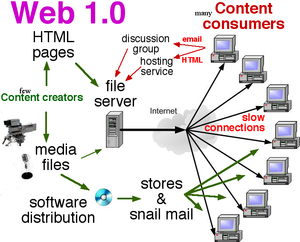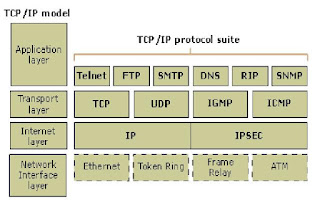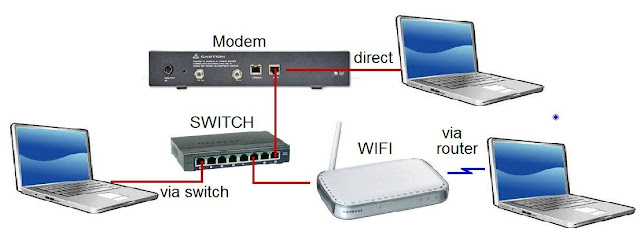Web 1.0
Web 1.0
It's hard to define Web 1.0 for several reasons. First Web 2.0 doesn't refer to a specific advance in Web technology. Instead, Web 2.0 refers to a set of techniques for web page design and execution.
Second, some of these techniques have been around Since the world wide web first launched, so it's impossible to separate Web 1.0 and Web 2.0in a time line. The definition of Web 1.0 completely depends upon the definition Web 2.0.
With that in mind, if Web 2.0 is a collection of approaches that are the most effective on the world wide web, then 1.0 includes everything else.
➧ Web 1.0 sites are static.
They contain information that might be useful, there's no reason for a visitor to return to the site later. An example might be a personal Web page that gives information about the site's owner, but never changes. A Web 2.0 version might be a blog or Myspace account that owners can frequently update.
➧ Web 1.0 sites aren't interactive.
Visitors can only visit these sites; they can't impact or contributes to the sites. Most organization have profile pages that visitors can look at but not impact or alter, whereas a wiki allows anyone to visit and make changes.
➧ Web 1.0 application are proprietary.
Under the Web 1.0 philosophy, companies develop software application that users can download, but they can't see how the application works or changes it. A Web 2.0 is an open source program, which means the source code for the program is freely available. Users can see how the application works and make modification or even build new applications based on earlier programs. For example, Netscape Navigator was a proprietary Web browser of Web 1.0 era.



Comments